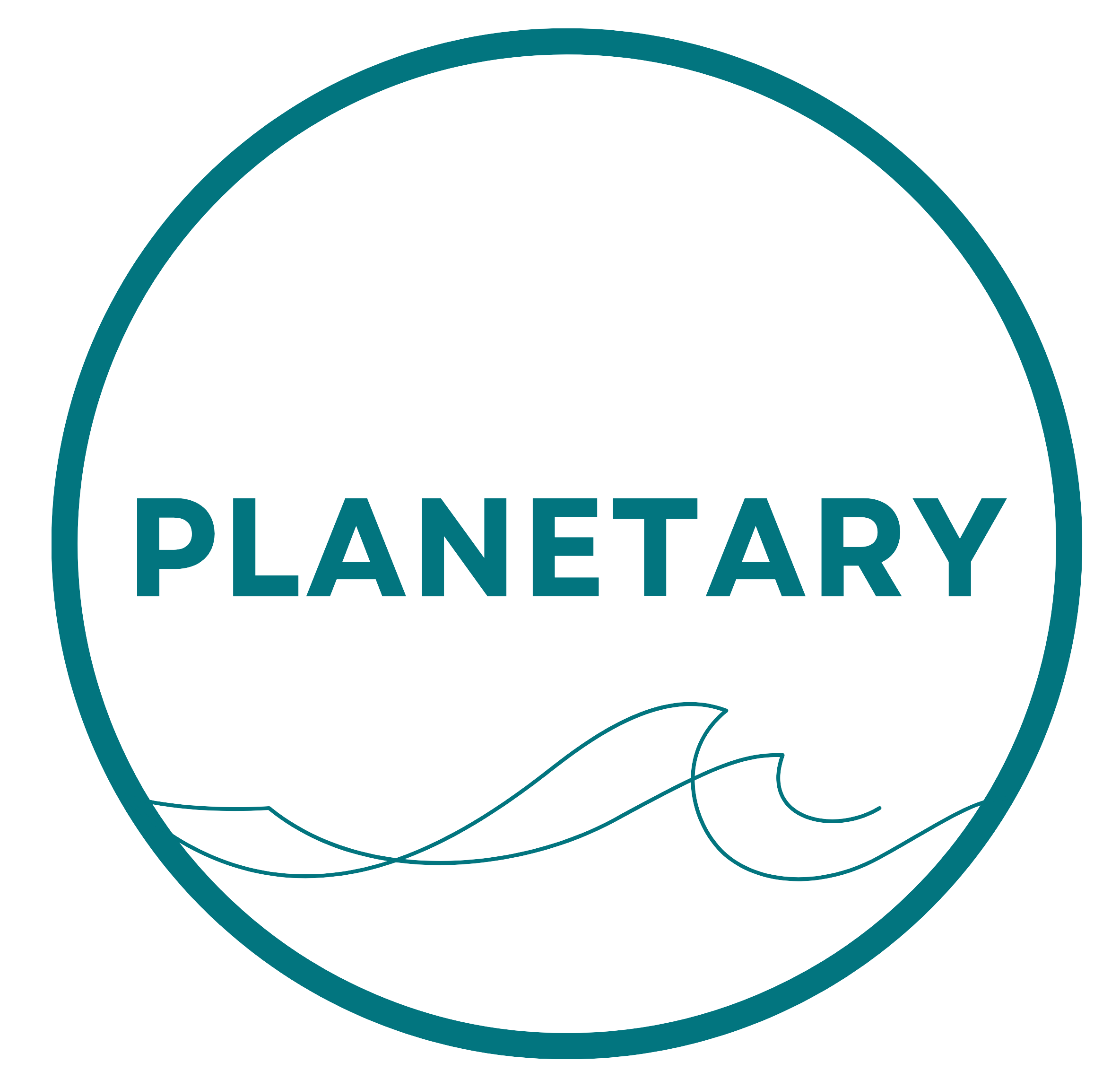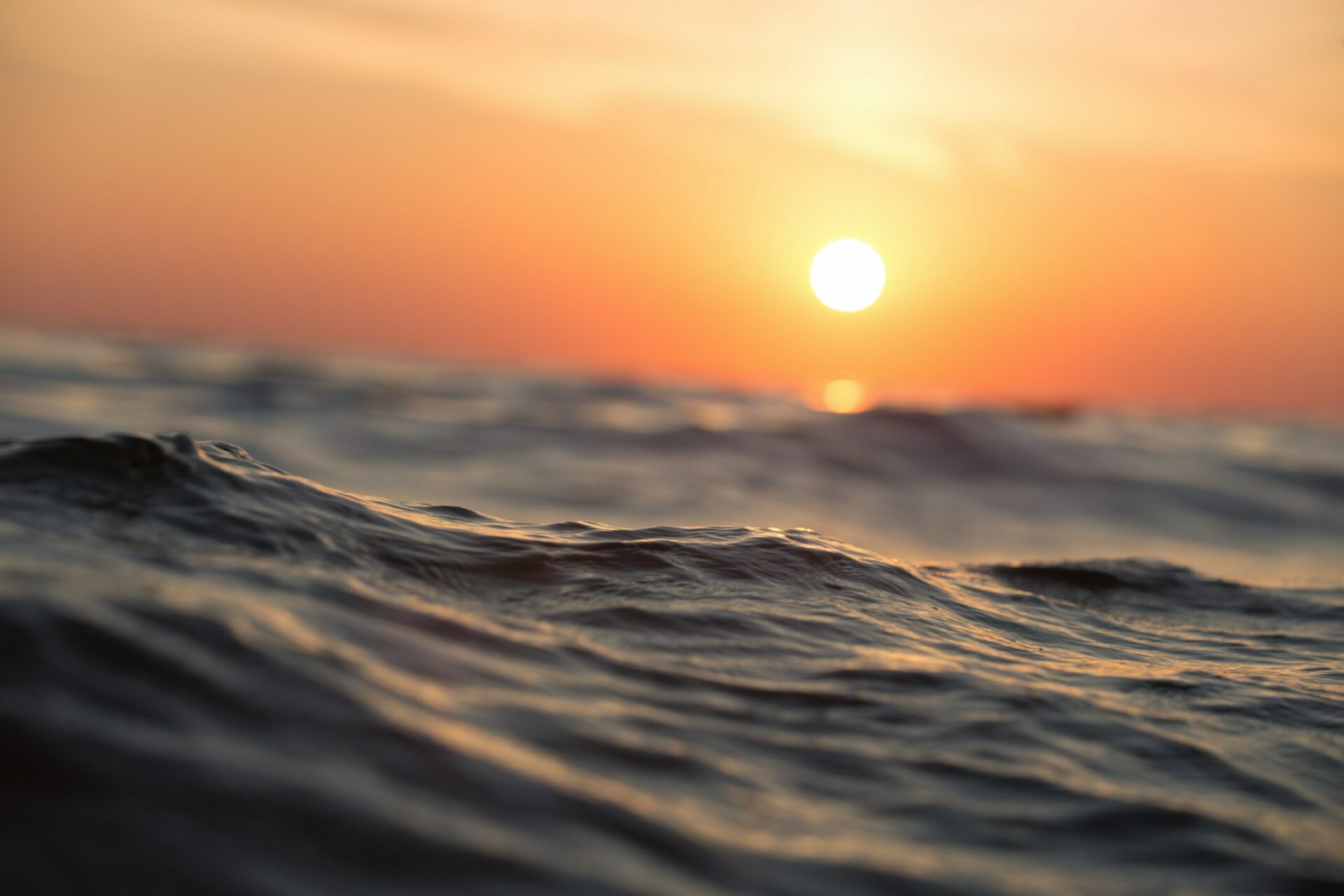We are excited to announce the release of the world’s first Ocean Carbon Dioxide Removal (oCDR) Monitoring, Reporting and Verification (MRV) Protocol designed to allow Ocean Alkalinity Enhancement projects to deliver carbon removals, ensuring their accuracy and transparency.
The open-source protocol provides clear guidelines for developing ocean CDR projects, including how to calculate carbon removal and estimate lifetime storage. It also includes a standardized methodology for assessing the carbon removal performance, which increases trust and drives further investment.
A unique feature of this protocol is a conservative holdback that allows carbon removals to be sold as the protocol and the science behind it continues to evolve. Our goal is to accelerate the development and adoption of ocean-based CDR projects.
Per our Code of Conduct, we remain committed to continuous improvement and transparency and invite you to offer suggestions and engage with us to improve the protocol further.
In particular, we’re working on incorporating the following key issues:
– An iterative approach to refining the holdback factor
– Alkalinity loss due to particle dissolution below the (seasonally varying) mixed layer
– Alkalinity loss due to subduction of alkalized water from the (seasonally varying) mixed layer
– Alkalinity loss by reaction with acids other than carbonic in the wastewater
– Alkalinity loss due to particle ingestion at various levels in the ocean food web
This protocol is, as with all things, a starting point – it provides the ability to deliver removals today while creating a basic framework through which this rapidly evolving field can continue to learn.
You can read the protocol and contribute your thoughts here: https://github.com/Planetary-Technologies/MRV



